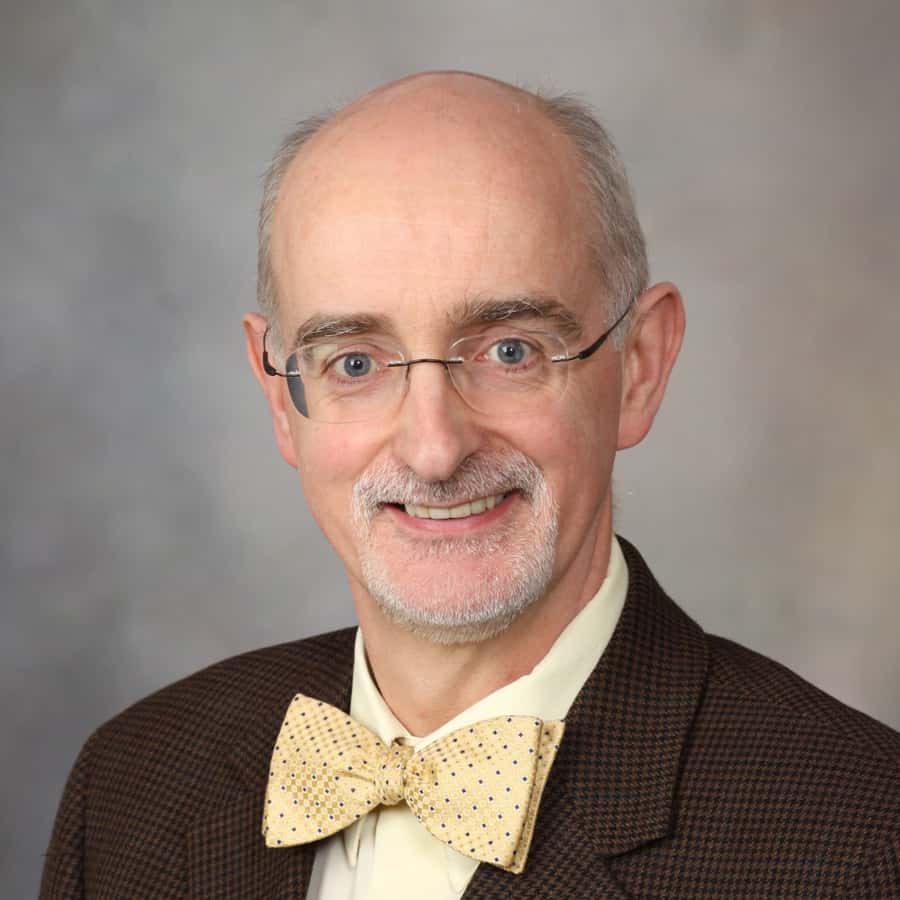
What Explains the Recent Increase in Celiac Disease?
A couple of decades ago, most people had never heard of celiac disease. Many doctors had never diagnosed a case, and they had often learned it was an extremely rare condition. Following a gluten-free diet, the only treatment, was really difficult.
Today, millions of people avoid gluten in their diets. Not all of them have been diagnosed with celiac disease, but nearly all of them have heard of this autoimmune condition. Has there been a big increase in celiac disease?
What Is Celiac Disease?
Celiac disease is an autoimmune disease that is triggered by a complex of proteins called gluten. This protein is found in wheat, barley and rye, so people with celiac disease need to avoid these grains and any foods that contain them. When susceptible people react to gluten, the consequence is damage to the intestinal lining. As a result, the digestive tract has trouble absorbing nutrients properly. A wide range of symptoms ensue. There are, of course, digestive problems, but there are also systemic disorders such as anemia, osteoporosis, fatigue, inflammation, bruising and headaches.
Diagnosing Celiac Disease:
Celiac disease runs in families. Susceptibility depends upon a particular genetic makeup, but not everyone with those genes eventually develops celiac disease. The first step in diagnosis is an antibody test, and it is very important to get this done before changing eating patterns. Once celiac disease is confirmed, the treatment is a strict gluten-free diet. But going gluten-free before the test could lead to a false negative and delay the diagnosis unnecessarily. If the antibody test is positive, the doctor generally confirms the diagnosis with endoscopy and a biopsy.
Who Gets Celiac Disease?
Doctors used to think that that this was a very rare disease that only manifested in young children. We now know that it is not rare, but affects about 1 percent of the population. Moreover, you can get a celiac disease diagnosis at any stage of your life.
We don’t know why there seems to be a recent increase in celiac disease. Experts suspect that some change in the immune system may kick it off. They know that children may first show signs of celiac disease after a viral infection. Older adults may also have an immune trigger. Heavy metals might also contribute.
Environmental Pollutants and the Increase in Celiac Disease:
A recent study in children suggests that people exposed to persistent organic pollutants are more likely to be diagnosed with celiac disease. Some of these are chemicals that provide stain resistance. Others are “forever” chemicals like PFAs or metabolites of pesticides. Most are endocrine disruptors. Perhaps the dramatic increase in celiac disease is linked to environmental pollution.
This Week’s Guests:
Joseph A. Murray, MD, serves as a gastroenterologist in the Division of Gastroenterology and Hepatology at the Mayo Clinic in Rochester, Minnesota. Dr. Murray runs the celiac disease research and clinical program that focuses on epidemiology, complications and mouse models of gluten sensitivity. In addition, Dr. Murray is a Professor of Medicine at the Mayo Clinic in Rochester, Minnesota. He serves as a Consultant to several companies and has broad experience with clinical trials. Dr. Murray is the section editor for Gastroenterology for the Mayo Clinic Proceedings as well as an expert reviewer for many scientific journals.
Dr. Murray is the author of Mayo Clinic Going Gluten Free: Essential Guide to Managing Celiac Disease and Other Gluten-Related Conditions. You may be interested in this article he published on the epidemiology of celiac disease in Gastroenterology Clinics of North America, March 2019. The photo is of Dr. Murray.
Leonardo Trasande, MD, MPP, is an international leader in children’s environmental health and professor in pediatrics, environmental medicine, and population health at New York University. He is also the Director of the Division of Environmental Pediatrics and Vice Chair for Research in the Department of Pediatrics at NYU School of Medicine. Dr. Trasande is the author of Sicker, Fatter, Poorer: The Urgent Threat of Hormone-Disrupting Chemicals to Our Health and Future . . . and What We Can Do About It. His website is leotrasande.com The research he published on environmental pollutants and celiac disease appeared in Environmental Research, July 2020. Dr. Trasande also joined colleagues on this plea for more thoughtful regulation of endocrine-disrupting chemicals just published in The Lancet Diabetes & Endocrinology, August 2020.
Listen to the Podcast:
The podcast of this program will be available Monday, July 27, 2020, after broadcast on July 25, 2020. The show can be streamed online from this site and podcasts can be downloaded for free. CDs may be purchased at any time after broadcast for $9.99.
Citations
- Ludvigsson JF & Murray JA, "Epidemiology of celiac disease." Gastroenterology Clinics of North America, March 2019. DOI: 10.1016/j.gtc.2018.09.004
- Gaylord A et al, "Persistent organic pollutant exposure and celiac disease: A pilot study." Environmental Research, July 2020. DOI: 10.1016/j.envres.2020.109439

